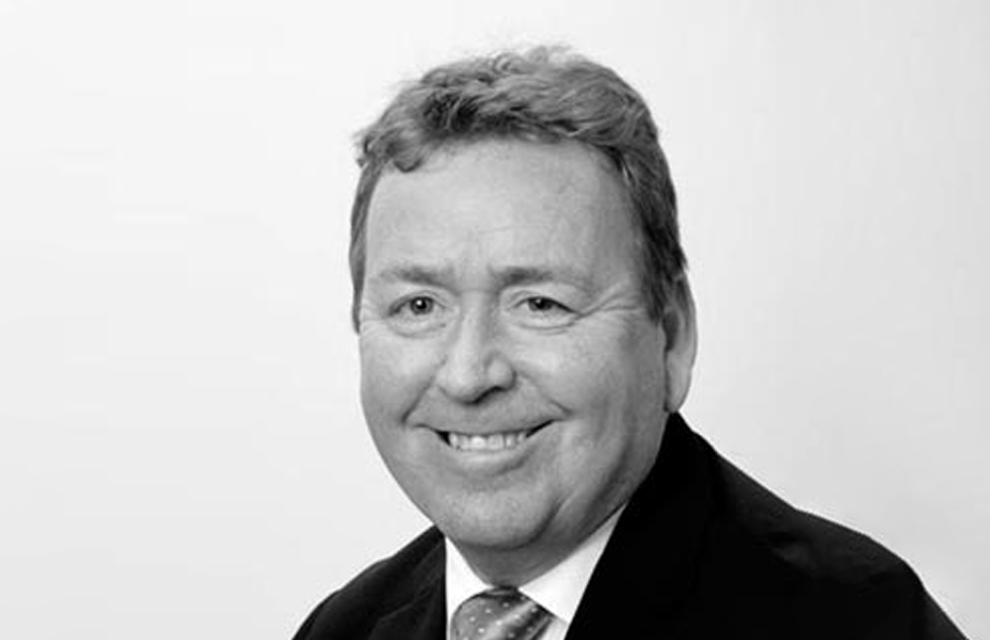WTW
Marking one hundred years since Guernsey first incorporated a captive vehicle, WTW’s Mike Johns talks to Rebecca Delaney about how the captive industry has evolved on the island over time, and how it stands today
Marking a myriad of significant anniversaries, including the tragic sinking of the Titanic, the founding of the BBC, and Queen Elizabeth II’s Platinum Jubilee, the year 2022 is also the centennial of the incorporation of Guernsey’s first captive vehicle, Commercial Insurance Company Limited.
This arguably lay the foundation for the growth of an insurance sector specialising in alternative risk transfer solutions, including, among others, captive insurance, reinsurance and insurance-linked securities (ILS).
For the latter, special purpose insurers can be used for catastrophe bonds, sidecars and risk-linked securitisation, to purchase additional protection for low frequency, high severity losses. ILS are popular among investors in Guernsey as returns are not mutually associated with financial markets, therefore allowing portfolio diversification.
Guernsey was the first jurisdiction in 1997 to introduce cell company legislation, which has since been repeated in several other domiciles in conjunction with captive insurance company legislation. In 2019, Guernsey saw the world’s first mixed-purposed protected cell company (PCC) and incorporated cell company (ICC), which operates as both a licensed insurance company and a regulated fund.
As part of Guernsey’s centenary milestone, Mike Johns, head of office at WTW Management (Guernsey) and committee member of the Guernsey International Insurance Association (GIIA), spoke to Captive Insurance Times about the evolution of the captive landscape and market conditions in Guernsey to where they stand today, as well as the regulatory environment and innovation.
How has Guernsey’s captive landscape evolved over time as a captive domicile? What is the current landscape and what are the market conditions?
The current landscape and market conditions are positive. Guernsey has seen quite an increase in interest in the use of captives, primarily driven by the fact that available commercial insurance rates have hardened significantly.
From a WTW perspective, we have seen a lot of our clients re-examining how they structure their self-insurance and retention levels. Some are also looking at placing new risks in their captives. These are risks where the market has either imposed or restricted cover, or else completely withdrawn elements of cover, so they are looking at setting up and running those risks through a captive.
Another change I have witnessed is the increased onus on governance and regulation; there is certainly more of it than when I started in the industry. This is not necessarily a bad thing, as with regulation comes control. Guernsey is fortunate that the regulator, Guernsey Financial Services Commission (GFSC), is approachable. The increased level of scrutiny on the way businesses operate has put more onus on managers to focus on governance.
How is the regulatory environment of Guernsey beneficial for captive owners?
Guernsey’s minimum capital requirement is significantly less than the one posed under the Solvency II regime — £100,000 compared to €3.2 million — which certainly makes the domicile more attractive.
The regulatory environment here is robust, but not as stringent as the Financial Conduct Authority (FCA) or the Prudential Regulation Authority, for example. We can talk to the GFSC at very short notice, which is not always possible with the FCA.
The extent of Guernsey’s legislation is the Insurance Business Law of 2002. The legislation itself is fairly concise and easy to apply compared to UK legislation. This makes it more advantageous to set up and run a captive in Guernsey.
What challenges has the captive industry in Guernsey faced over the last 100 years? What are the most significant challenges currently?
A few decades ago, there were much fewer domiciles offering captives. Now it seems everywhere can offer a captive; certainly the US has grown significantly with the number of states that offer captive insurance and protected cells.
There is now more competition than ever.
The challenge that Guernsey faces is trying to stay innovative and attractive. Pricing is critical — owners focus on the actual cost of managing an insurance company, but the biggest challenge is ensuring that legislation does not get too onerous or that it does not become too restrictive.
As a captive domicile, Guernsey is recognised for its innovation. What are some recent examples of Guernsey being the domicile of choice for “world firsts” in alternative risk transfer?
PCC legislation was developed in Guernsey in 1997 through an ordinance — the first domicile to do so. We then moved onto ICC legislation in 2006.
More recently, we have seen Guernsey becoming a centre of excellence for longevity hedging.
This is where pension companies try to minimise their exposure to higher life expectancies by hedging and reinsuring that risk out of the actual pension vehicle. Guernsey has become quite a centre to actually facilitate that process.
We have also seen developments as Guernsey recently launched its own ESG framework, spearheaded by GIIA. We work well together as an industry, all of the managers meet at least once a month to discuss the latest trends and try to come up with new ways of improving processes and techniques. We are proud of our long history and reputation for innovation.
What will be top of Guernsey’s captive development agenda for the rest of the year and beyond?
The main concern is to maintain our position as the premier domicile in Europe, as well as maintain our reputation for innovation, ease of setup and specialism.
Guernsey is very competent and capable of managing insurance vehicles, with all of our managers qualified and experienced. Working together as an industry to maintain our position as the number one domicile for captive insurance is going to be our primary aim.
Guernsey offers stability as a domicile, as well as flexibility with our innovation. Organisations can set up various different types of alternative risk vehicles, and we can set them up a lot quicker than other jurisdictions (usually within 10 weeks).





